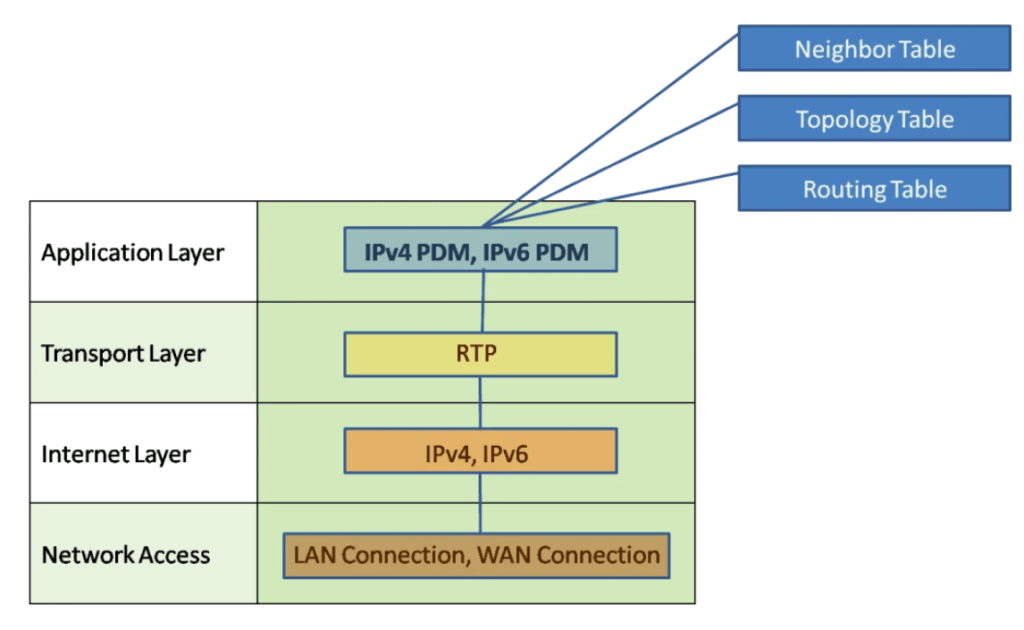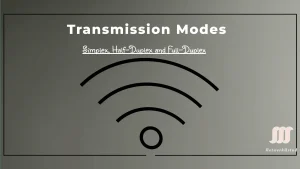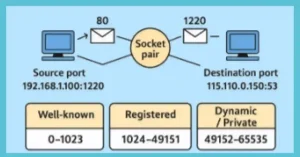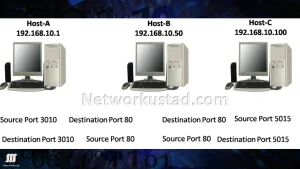EIGRP uses a Reliable Transport Protocol (RTP) to deliver and receive EIGRP packets instead of TCP and UDP. Reliability is a key feature of EIGRP, and it is designed to enable fast update delivery and data reception tracking.EIGRP was designed as a network-layer independent routing protocol. This allows EIGRP to be used for protocols other than those from the TCP/IP protocol suite, such as IPX and AppleTalk. The figure conceptually shows how RTP operates.

Although RTP was developed for reliability, it includes reliable and unreliable delivery of EIGRP packets, similar to TCP and UDP. Reliable RTP requires an acknowledgment to be returned by the receiver to the sender, just like TCP. An unreliable RTP packet does not require an acknowledgment, just like UDP. The example is an EIGRP update packet, which requires an acknowledgment, but the Hello packet is sent over RTP without acknowledgment. RTP can send EIGRP packets as unicast or multicast. The Multicast EIGRP packets for IPv4 use the reserved IPv4 multicast address 224.0.0.10, and the Multicast EIGRP packets for IPv6 are sent to the reserved IPv6 multicast address FF02::A.




